Old Danish Government House in Serampore ready for a fresh start
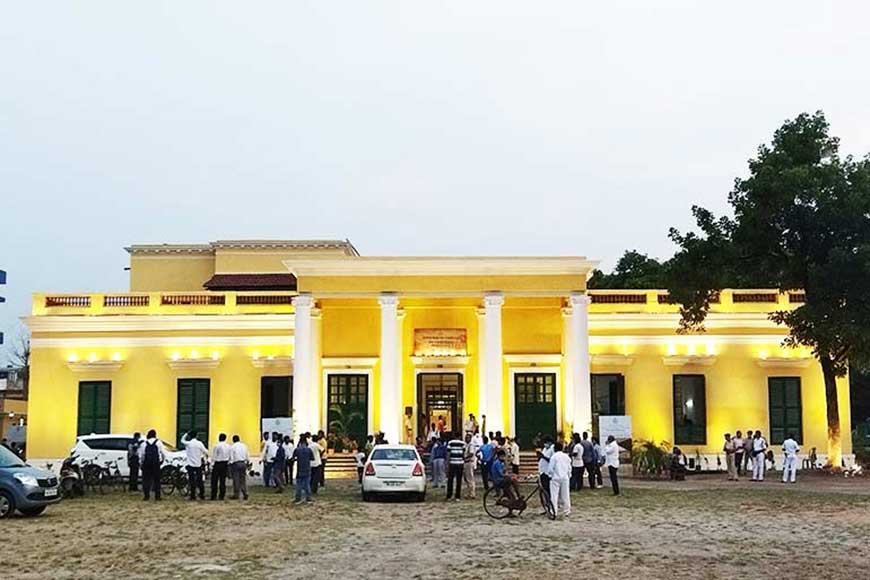
Serampore is a quiet town, 35 kilometers from Kolkata on the other side of the River Hooghly, right opposite Barrackpore. As soon as one sets foot here, time travel begins. Hundreds of years have passed but even today, every brick-and-mortar structure of the medieval town will instantly transport anyone to a well-planned town along the riverbank. The quest for wealth and power brought Europeans to Indian shores. The Portuguese were the first Europeans to arrive in India in 1498 when Vasco da Gama arrived in Calicut on the west coast. The Danes first came to this part of the country in 1698 but it resulted in disaster because they were into piracy, slave trade, etc. and this did not go down well with the local population, and with further tradeoffs with the mighty Mughal rulers, things got worse and the Danes retreated to their stronghold of Tranquebar (Tharangambadi). Their second attempt was in 1755 when they came and settled at Serampore with free trading rights granted to them by the Nawab of Bengal, Alivardi Khan.
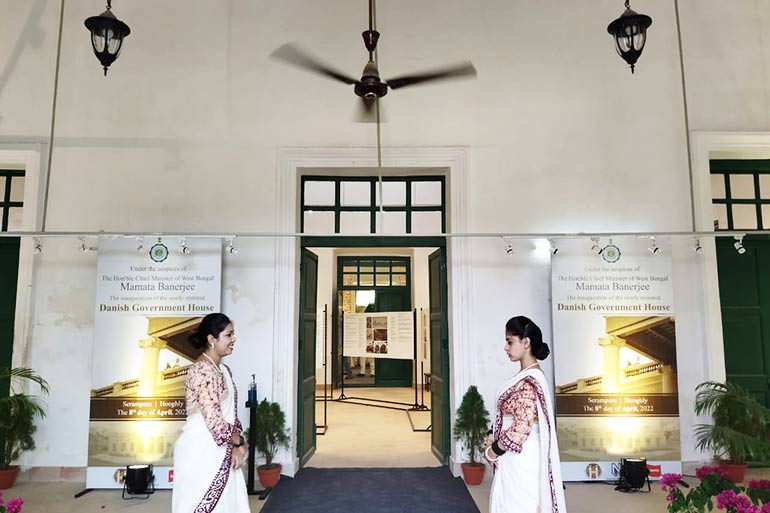
Serampore aka Srirampur is presently one of the most hip and happening places in Hooghly district with easy availability of all features of modernity including a proliferation of shopping malls, branded consumer shops, food joints, and modern living amenities. This is also the town where tradition is revered and followed with great fervor. The famous annual chariot festival at Mahesh is still held with great pomp and joy. The place is also known for its jute factories. The country’s first printing press was set here. Also, the place is renowned for its beautiful churches, court-house, administrative buildings which are instances of the rich Danish legacy.
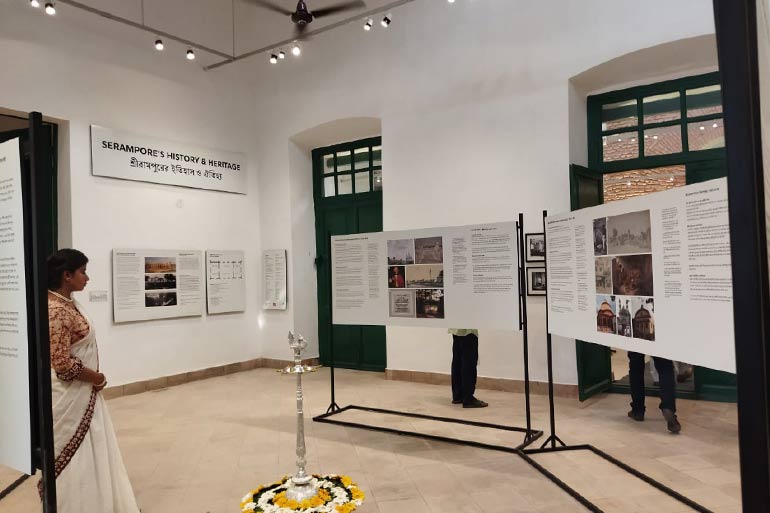
The Danish traders arrived in Serampore in 1755 armed with a royal order from the Nawab of Bengal, who ruled from Murshidabad, granting them free trading rights. On October 8, 1755, the first batch of Danish traders acquired 60 bighas of land and built a trading post on the banks of the Ganga. What began as a factory with a mud fence and a straw roof under the Danish Asiatic Company gradually developed into a well-planned town. In 1777, the administration of Serampore was transferred from the Danish Asiatic Company to the Danish Crown. Between 1755 and 1845, Serampore was under Danish rule, when it was known as Frederiksnagore after King Frederik V of Denmark. Various Danish governors were in charge of the administration of Serampore till 1845. During this period, the town flourished, particularly under the administration of Ole Bie (1776-1805). Bie died in Serampore and lies buried in the Danish cemetery. Serampore became one of the Danish monarchy's largest towns.
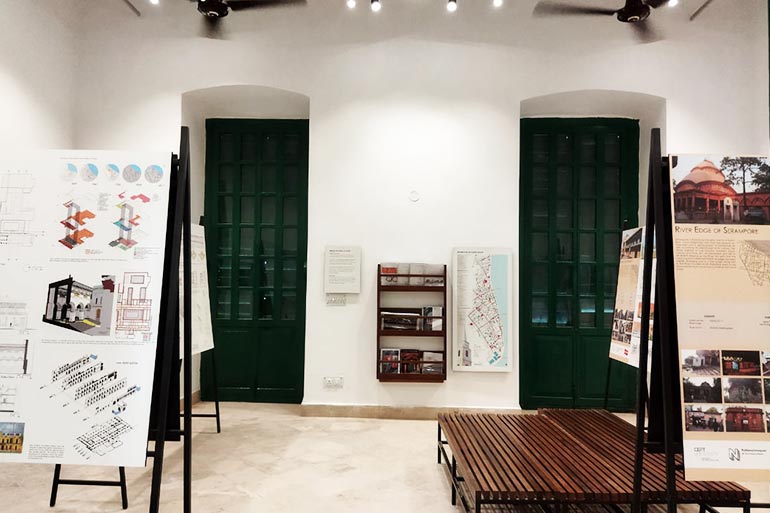
Serampore was established long before the British setup Calcutta but what remains today is the fossil of a despondent city. The town is studded with many historically rich places. A Baptist mission was begun there in 1793. Serampore College was established (1818) by three Baptist missionaries. It is the second oldest college in the country after Presidency College Calcutta and the first institution to offer a degree. William Carey was also the first to cast type in an Indian alphabet and the earliest Bengali newspaper was issued in Serampore in 1818. The Carey Museum housed within the college building has a section displaying rare manuscripts, books and artefacts belonging to William Carey. The Serampore Court Compound with its semi-ruined arched gate led to a court house which used to be the major seat of Danish power in Bengal back in time. The town was acquired by the British in 1845. The first Indian paper mills were built there in the 1870s. It was constituted as a municipality in 1865. But till the recent past, they were all in a dilapidated state. The remnants of the past were a grim reminder of the opulence of a town that thrived under Danish rule. In fact, in the 1830s, Serampore was called India’s most beautiful town because of the European and Indian houses along the riverfront. This town was the first to have a Strand.
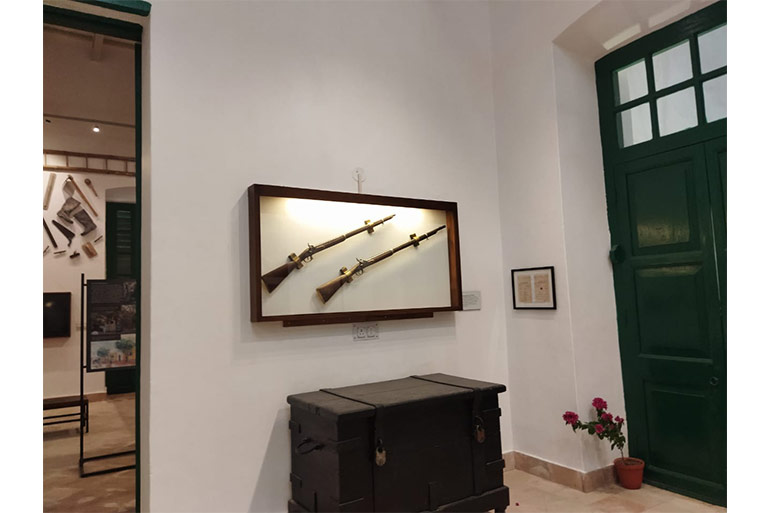
In 2009, the National Museum of Denmark launched the Serampore Initiative and started restoration work on buildings from the colonial era. The work was overseen by Indian conservation architects in dialogue with the project’s Danish architectural advisor, Flemming Aalund. The entire work was done in close collaboration with the project’s Indian partners: the government of West Bengal, the citizens of Serampore, restoration experts and city planners, researchers, and students. The group restored some of the most important historical buildings along with improving the original network of streets and squares and created a charming historical center that is both a testament to Serampore’s history and provides a recreational area with restaurants, tea stalls, and green spaces for the city’s inhabitants and tourists.
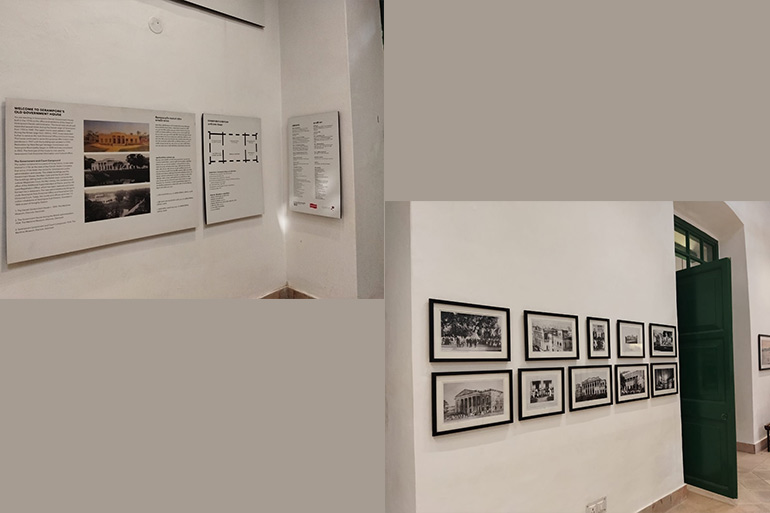
The reconstruction work has come to an end with the inauguration of the freshly reinstated Old Government House within the Serampore Court complex. The Danish Government House was built in the mid-17th century and was used as the office and residence of the administrative head of Denmark. The building was rebuilt several times during Danish rule until 1845. As the workload increased, new wings were added to the main structure. In 1842, the second floor was added to the main building. The building was later used as the administrative office of the sub-divisional Officer and court building during British rule. For a long period, no measures were taken for the upkeep of these majestic iconic pieces of historical architecture, and over the years, many of these buildings crumbled and their roofs caved in. Some of them were beyond repair. At this point renovation work on the dilapidated Danish House began in 2006 at the joint initiative of the West Bengal Heritage Commission and the Serampore Municipality.
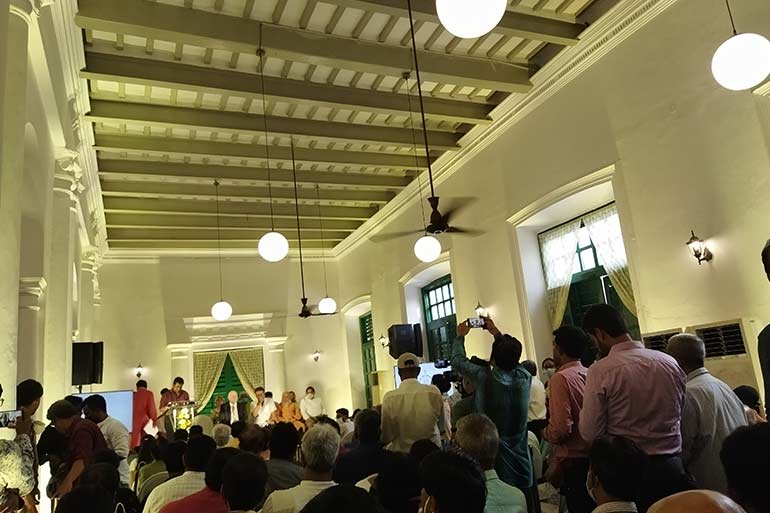
A portion of the yellow-and-white Danish Government House building has been earmarked for the sub-divisional Information and Cultural Office. A permanent exhibition hall has been set up within the building displaying the rich history and heritage of Serampore. Broad, majestic stairs lead to the sprawling exhibition hall. Rare photographs, information, and maps adorn the immaculate walls. Various weapons used in war and trade are also displayed tastefully. The restoration has been only made possible under the able guidance of the Hon'ble CM Mamata Banerjee.
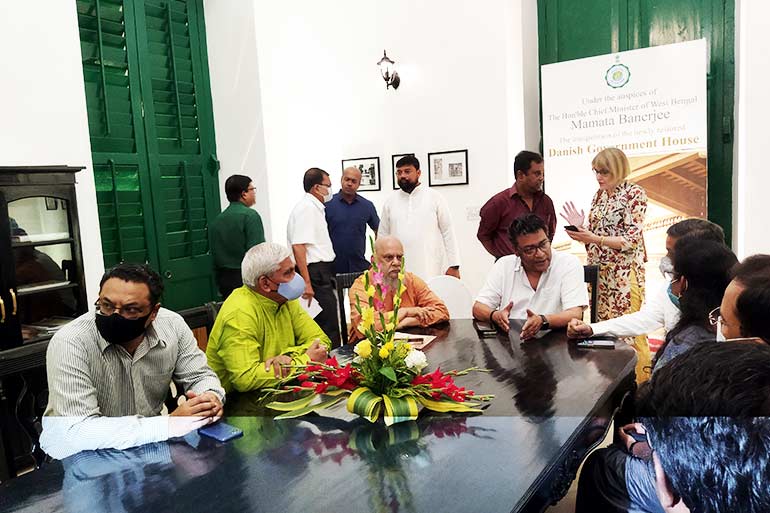
The museum was inaugurated on April 8 in the presence of the Minister of State for Information and Culture and Tourism, Indranil Sen, Chairman of the State Heritage Commission, Shubhaprasanna Bhattacharya, Danish Ambassador H. E. Freddy Svane, Secretary of the State Information and Culture department, Shantanu Basu and a host of other dignitaries.
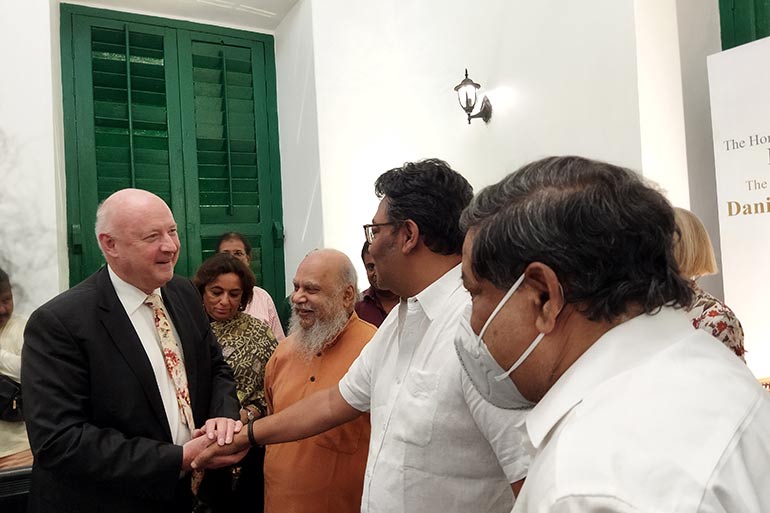
When the restoration work was initiated, several heritage buildings were identified for the project, including the Tavern in Serampore, the old Danish Government Building, Martin's Pagoda, and the Rash Mancha. Plans have been finalized to restore the dilapidated building next to Serampore Mission Girls' School. The successful completion of ‘Serampore Initiative 2009 -2020’ is a testament to how the old and the new Serampore can coexist harmoniously.
Image Courtesy : Kankana Mukherjee










